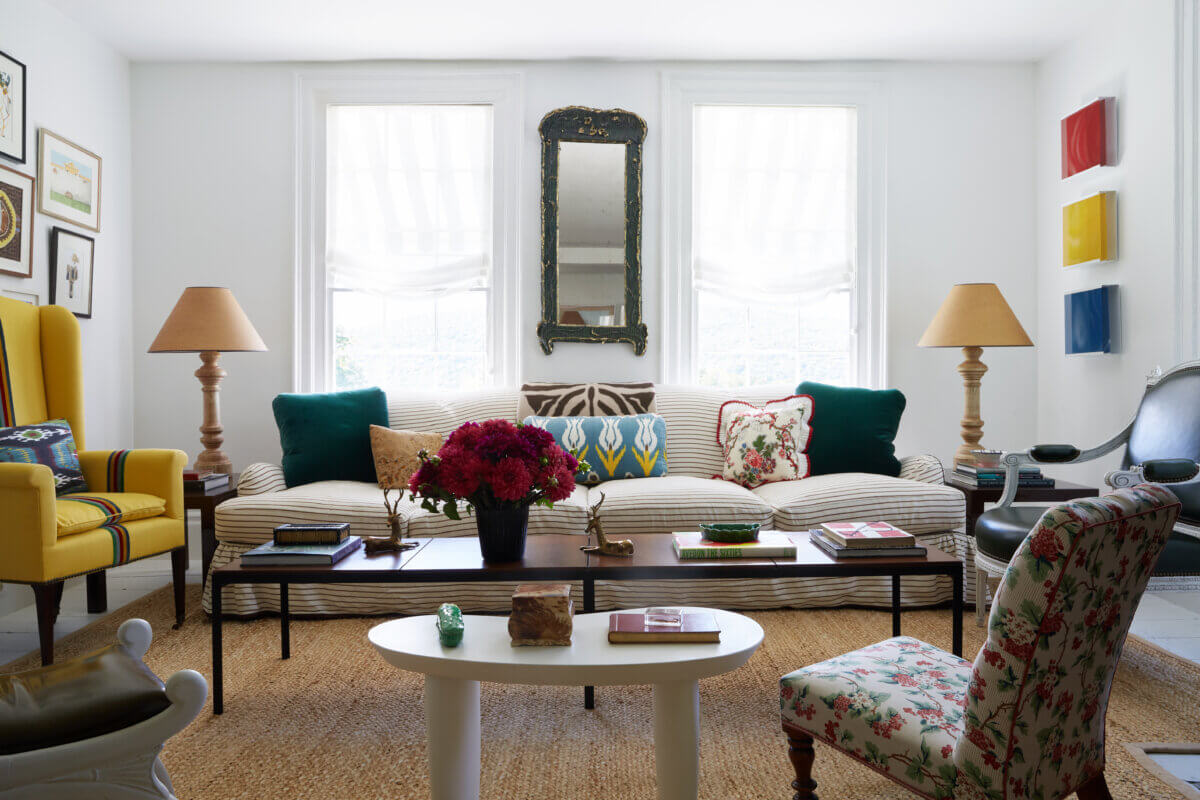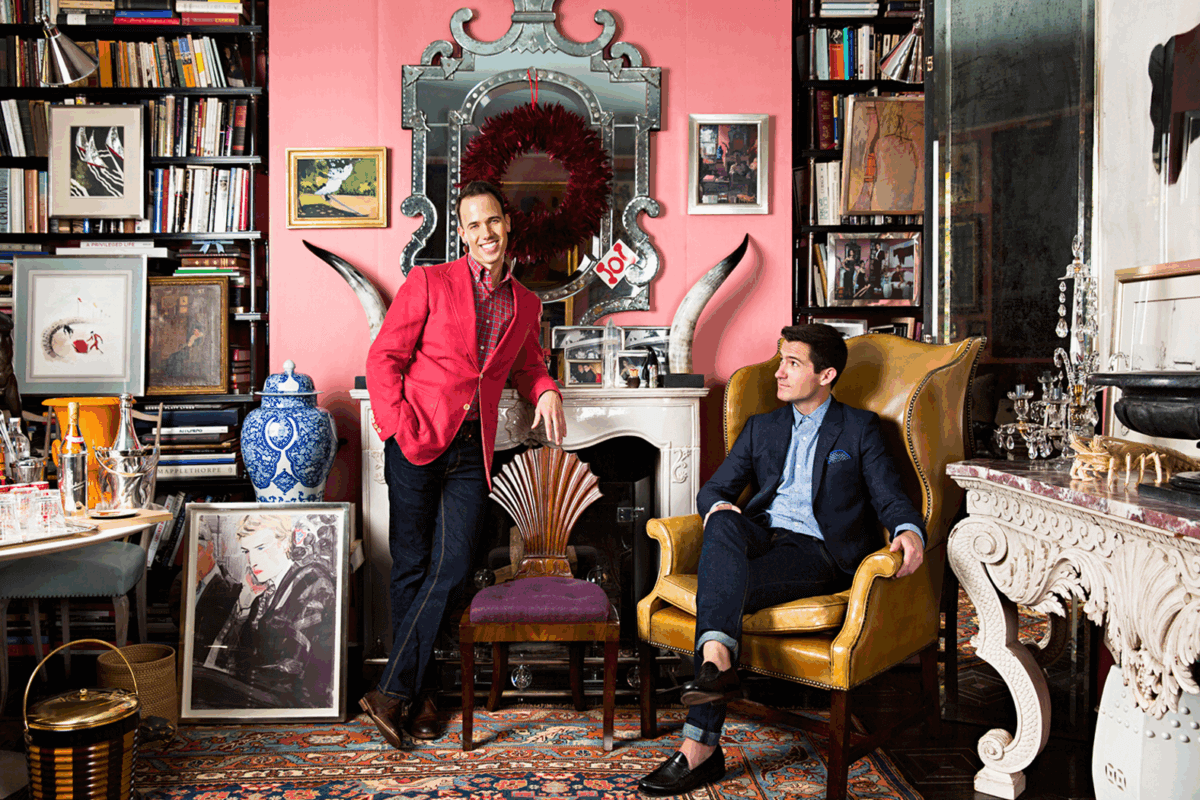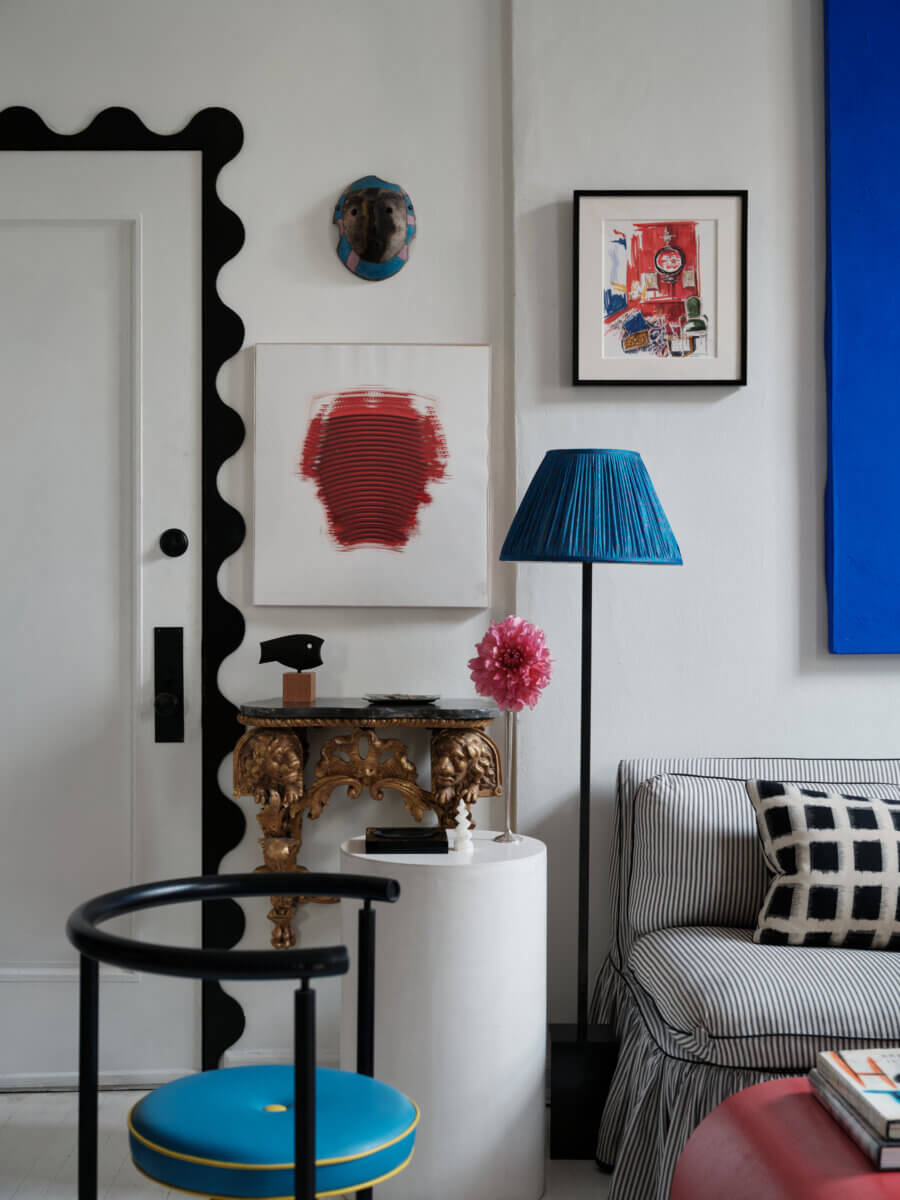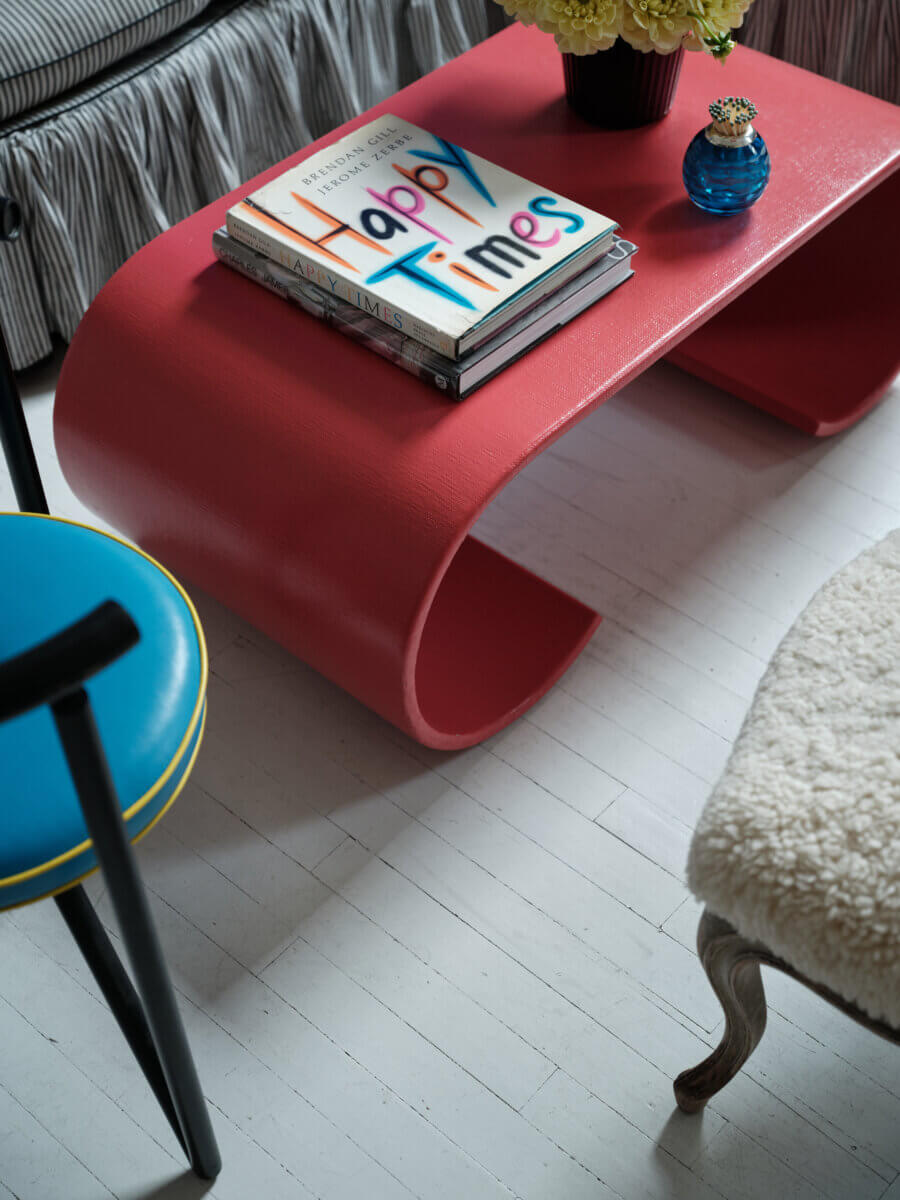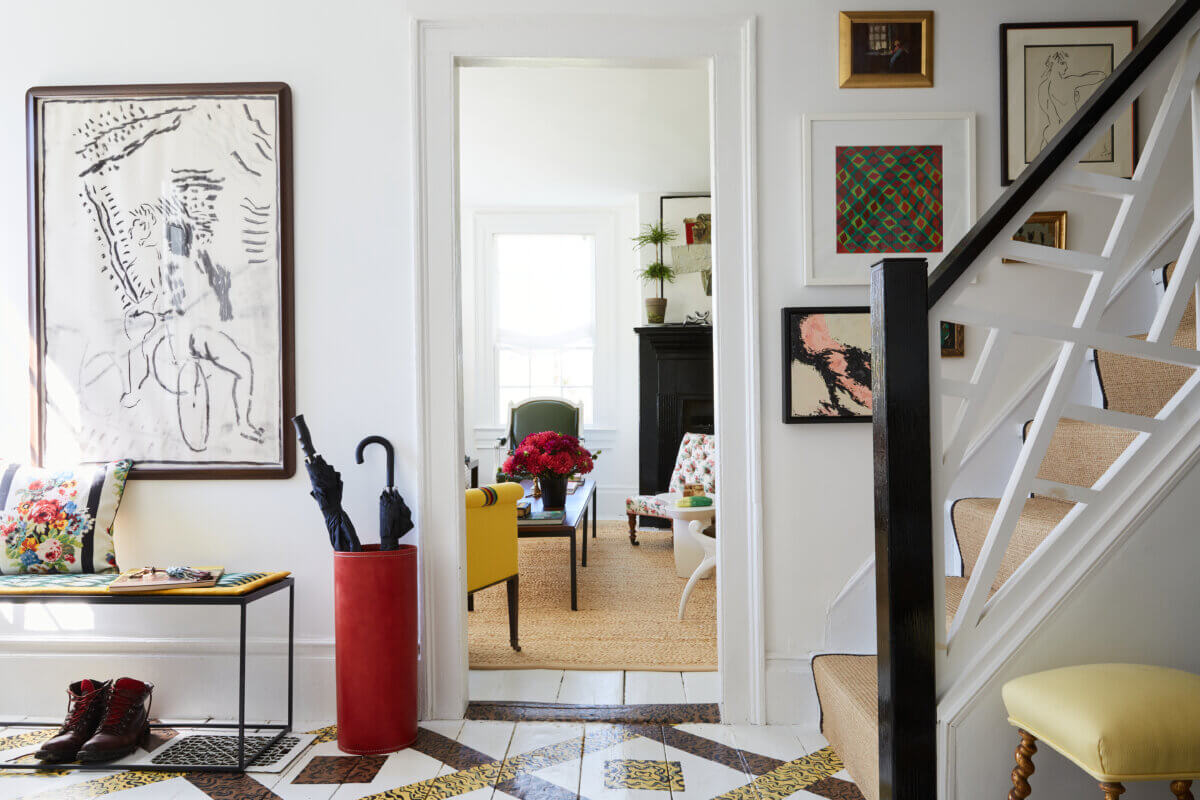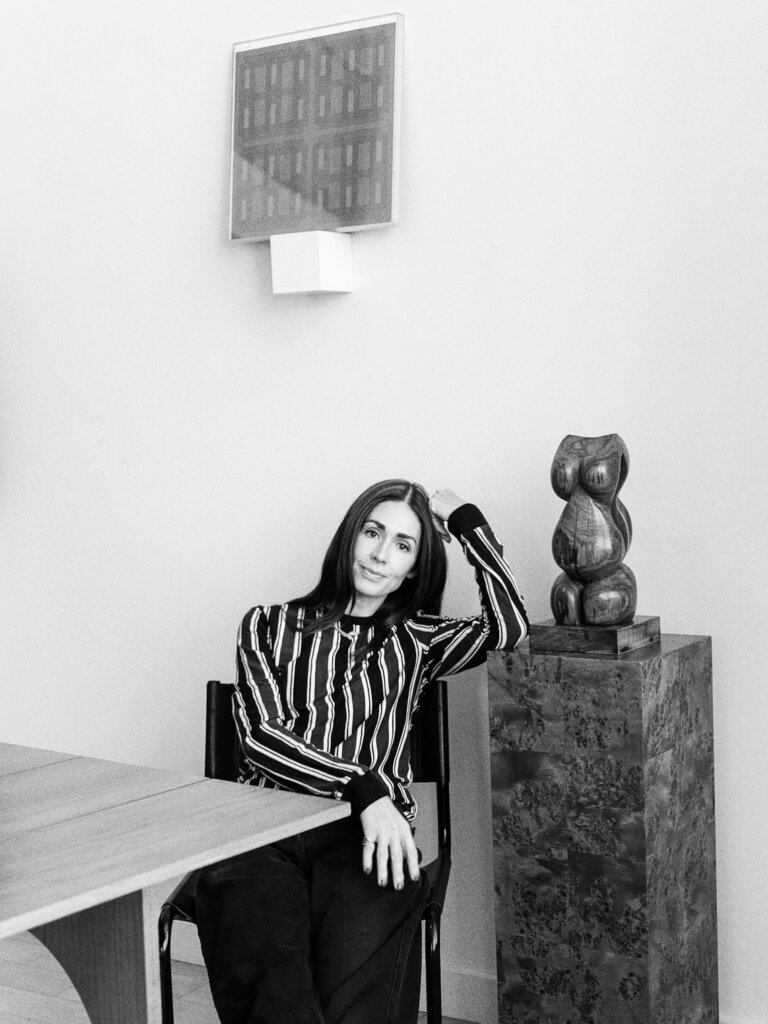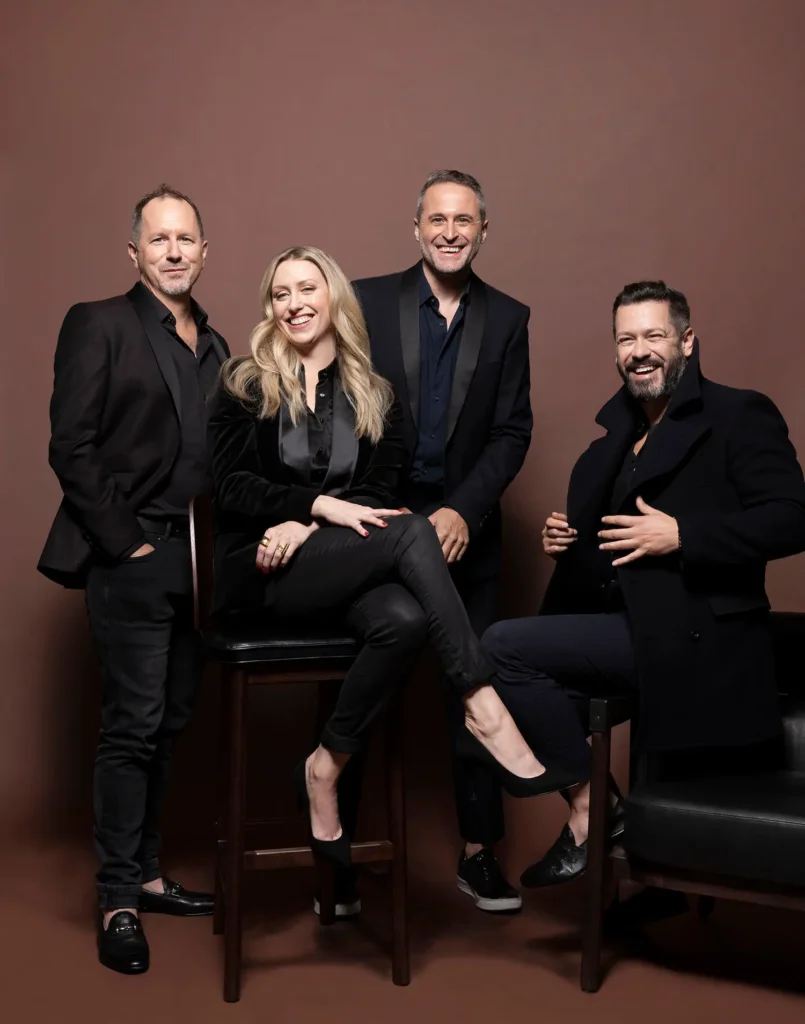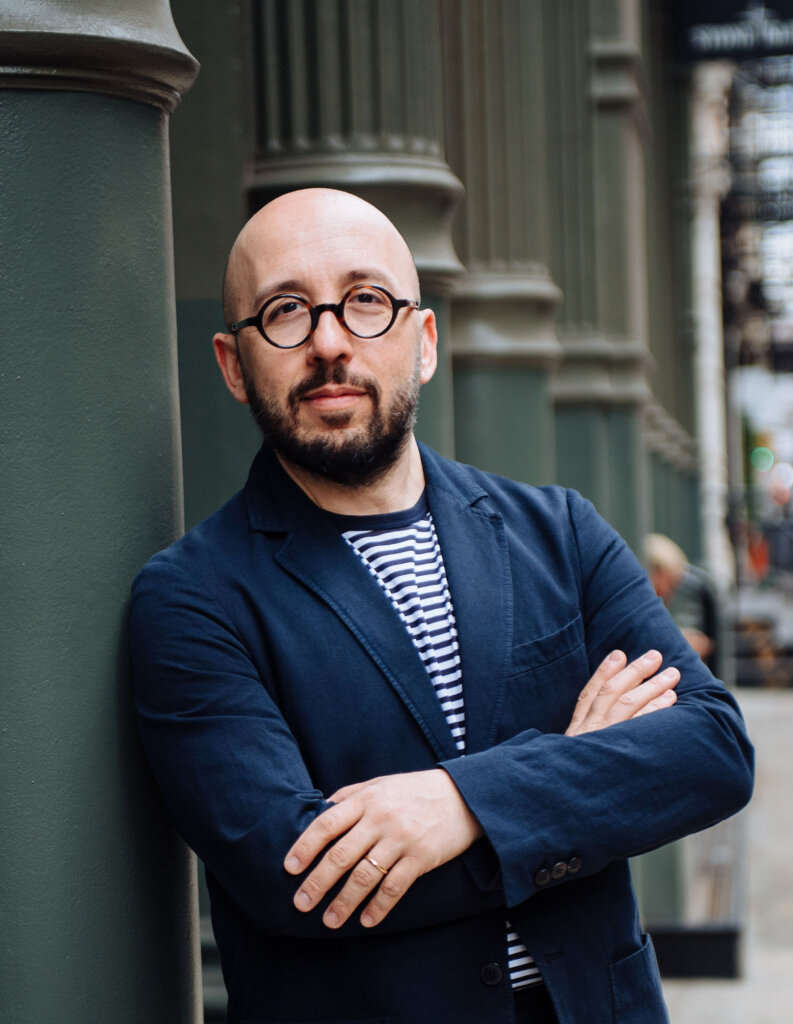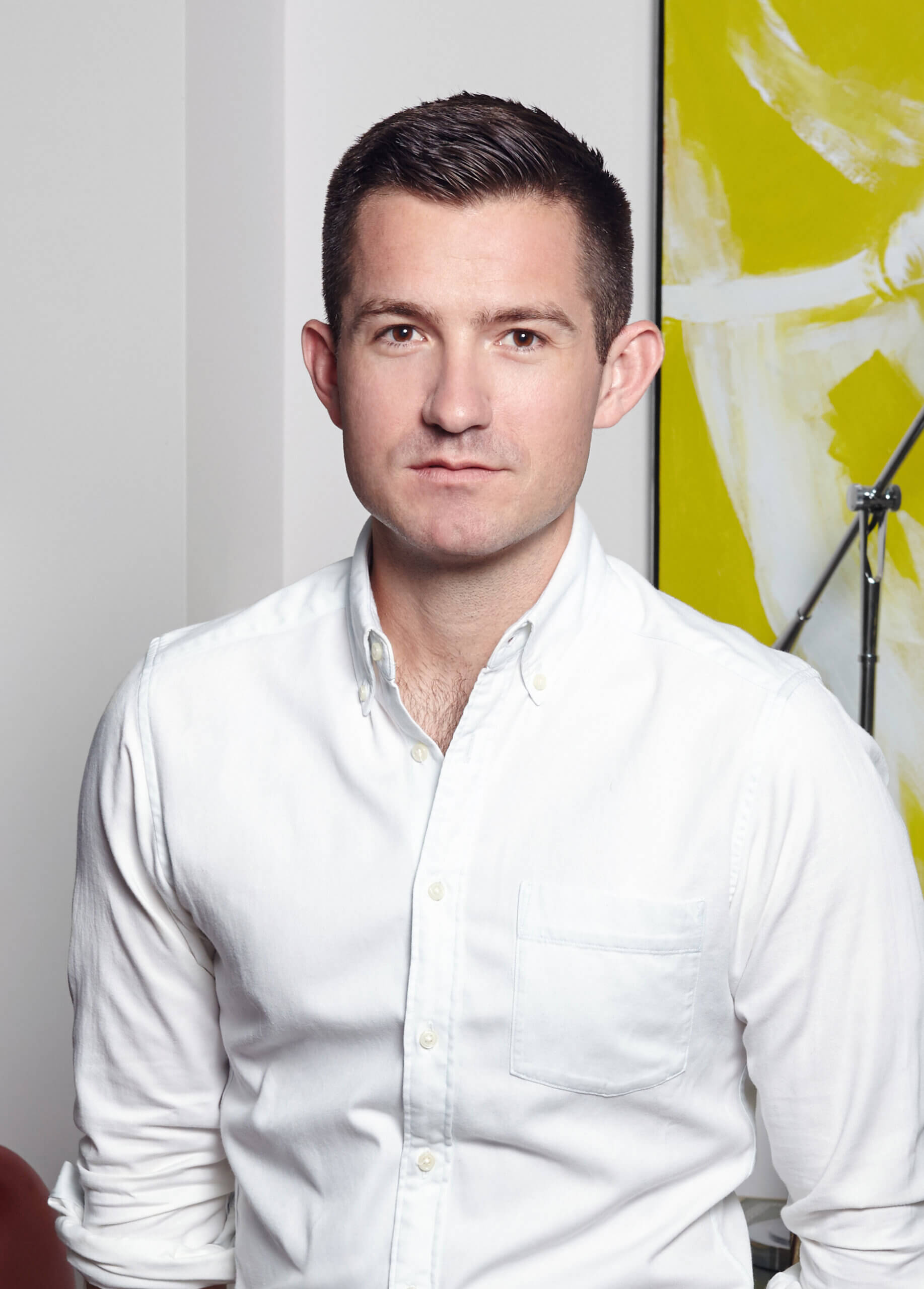
After having worked for his friend and mentor, Miles Redd, Nick Olsen founded his own interior decorating firm in 2010, Nick Olsen Inc. They focus mostly on residential projects across the US and cater to the specific needs of each client. Nick enjoys both the creative and problem-solving aspects of design and is especially grateful to clients who allow him to take risks with their interiors.
Learn more about Nick and his studio in this week’s designer profile.
When you were a kid, what did you dream of becoming? Did any of those childhood ambitions lead you to where you are today?
I love this question, because I was an ambitious child, which is not celebrated enough these days outside of the entertainment field. I dreamed of becoming a famous and successful architect but decorating provided more immediate gratification. As a kid I was impatient to fast forward to “real life”—I wanted my work to have meaning, I wanted more glamour, I wanted to buy and renovate houses. In that way I’m very much living out my childhood dreams. And I’m grateful!
Where and what did you study?
I earned a bachelor’s degree in architecture from Columbia University. I have wonderful things to say about their Core Curriculum but will decline to comment on the Architecture department and its staff.
How did you get your studio started?
I knew I had some talent and what New Yorkers call chutzpah, but I owe my career to Miles Redd. He taught me so much and promoted me to his magazine editor friends, who published my first studio apartment in Domino magazine. That led to a blogger role for their website and my own client base. During the financial crisis of 2008-2009, I was ready to be more independent but really struggled with leaving a happy, steady job with Miles. It was bittersweet but ultimately the right move to start my own firm.
Is there a particular craft tradition, designer, or material that deeply inspires you? How has it influenced your approach to furniture design?
Miles of course inspires me to this day: he’s just an immensely talented, kind and hilarious person. I study the work of Albert Hadley who was brilliant and versatile. Stephen Sills is a modern master. Bunny Williams. I am a fan and student of many!
How would you describe your design philosophy? Has it changed over time?
I think when I was younger I wanted to make a bolder personal statement. Now, after working for the same families for so many years as their lives progress, I take satisfaction from interpreting their specific needs and making something new and fabulous from them, even if it’s not exactly what I want for myself.
Is there a particular film, book, or piece of music that has influenced your creativity or approach to furniture design?
The Isaac Mizrahi documentary “Unzipped” left a strong impression on me as a teenager. I grew up in the South and had never heard anyone discuss fashion or style the way Isaac did. It’s something I worry is being lost among young people and particularly gay men: the inside references, the witty banter. I would listen to Isaac read the phone book.
Tell us about your workshop or studio: How does your environment influence your creative process and craftsmanship?
Well first of all my studio would not function without two very talented women, whose names are Elhaam and Lili. Four years ago we took on a larger space on a higher floor and it makes me happy every day. It’s a constant flurry of floor plans and fabric samples but we try to keep it orderly, or else I’d go mental.
Which piece or project are you most proud of, and what makes it special to you?
I’m very proud of buying and renovating my first house, an 1830s cottage which had sat on the market for three years. I brought it back to life and while preparing it for an Architectural Digest photo shoot, I met my partner Sam. We are now renovating a grander, special house about 20 minutes away.
What do you see as the biggest challenge in furniture making today—whether in design, production, or sustainability? How should the industry respond?
First and foremost, I’m a small business owner and I want myself and my vendors to succeed. I want my clients to understand that prices do fluctuate and that my commitment is to a quality result, whether that comes from a local auction or Maison Gerard. I don’t set the prices, but we must all acknowledge that this is an expensive industry.
What are you currently working on? Any exciting pieces in progress?
Our largest residential job is in Oklahoma, and we’re always catering to the needs of longtime clients. Very soon my partner and I will begin the next renovation phase of our house in the Hudson Valley.
What’s next for you? Any upcoming projects, collaborations, or aspirations you would like to share?
Like Madonna told Dick Clark on American Bandstand: I want to rule the world.
Follow Nick Olsen on Instagram and visit his website here >>>
More from ICFF:
ICFF 2025 Highlights: Creativity, Innovation and Connection in NYC
Original Thinkers: Designing with Purpose, Passion, and Integrity
